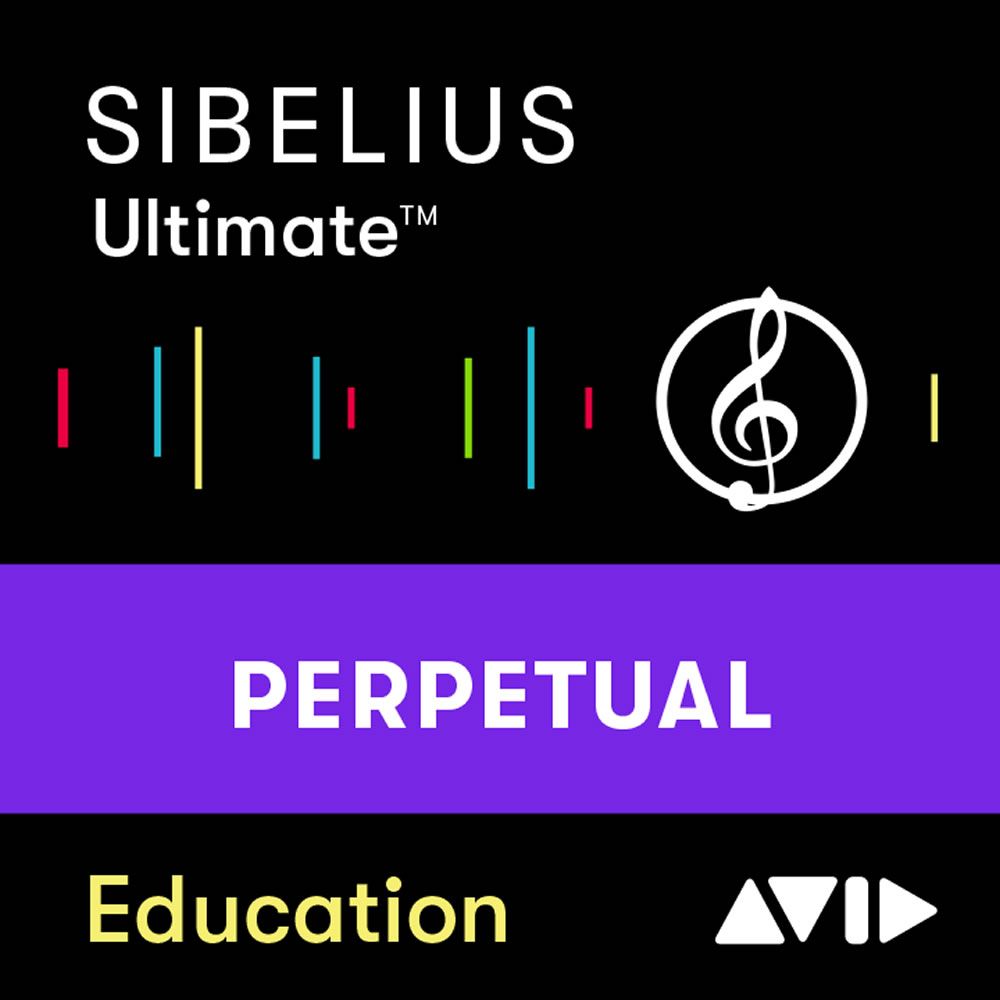
Should you actually wish to let out your inner Scriabin, you can apply colors to items in your score by going to Home > Color. Remember, all of this colorful goodness won’t print it’s only there to help you decode the many different objects in your score. If you type in a chord symbol that Sibelius doesn’t recognize, it will be colored red.These ranges can be modified by editing the instrument in Home > Instruments > Edit Instruments. Notes that are too high or low for a particular instrument’s range will be colored bright red if they are outside of what Sibelius defines as the instrument’s “professional” range notes that are within this range but deemed “uncomfortable” are colored dark red.These are uncommon but occasionally useful non-magnetic slurs that can be placed when nothing is selected in your score. Certain slurs may also be colored red when selected.You should attempt to resolve those collisions by moving things around or by optimizing staff spacing. If you have Magnetic Layout switched on, which it is by default (under Layout > Magnetic Layout), and View > Magnetic Layout > Collisions checked, Sibelius will color objects causing collisions (or nearly so) red, whether or not those items are selected.Red-colored objects can signify a potential problem in your score: In measure 2, the dynamics are assigned only to voice 1, so they are excluded from the filter: In measure 1, the dynamics are assigned to all voices, so they get included in the filter.

Further, filtering voices by using Home > Filters will return different results depending on how items are assigned.įor example, observe how Sibelius filters voice 2 in this example:

However, during playback, depending on the instrument, Sibelius will interpret the dynamics on a per-voice basis – but only if they’re assigned correctly. The numbers on the Keypad will indicate the voice(s) to which you’ve assigned objectsĪssigning objects to certain voices may not seem like a big deal. Note that if you need an object to appear in combination of voices (e.g., voices 1 and 3 only, but not 2 and 4), you must click the buttons on the Keypad with the mouse rather than use the shortcuts. To make text, lines, or symbols apply to all voices, simply select the item(s) and type Alt+5 (PC) or Option-5 (Mac), or click the All button on the Keypad.
SIBELIUS PROMO CODE PC
To do this even faster, use the shortcuts Alt+1/2/3/4 on PC or Option-1/2/3/4 on Mac. If you’ve entered a note or staff-attached object in one voice, but you’d like to change it to another voice, just select the object and then click the voice number in the Keypad, or go to Note Input > Voices > Voice. An example of a system selection, with music in each of the four voices, dynamics that apply to all voices, system tempo text, and staff lyric text Keep in mind that when it comes to passage selections, a similar logic applies: staff selections are in light blue system selections are in purple. (I said “usually” for key signatures because it is possible to apply a key signature change to one staff only, in which case it will appear light blue, of course – but that’s another article!)


If that’s the case, then these items will appear light blue when selected. However, these items can also be assigned to more than one voice at once.


 0 kommentar(er)
0 kommentar(er)
